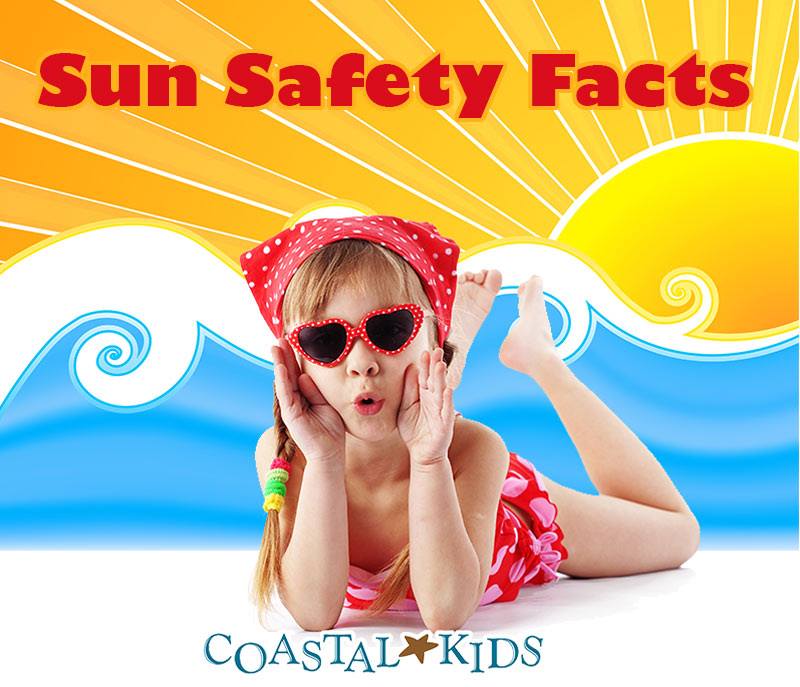Sun Safety Facts
1. After applying sunscreen, you should give it 20 to 30 minutes to dry before going outside. It takes this long after application for the chemicals to start working. Letting the sunscreen dry also helps ensure that it stays on your skin.
2. If you’ve been in the sun or water, you should reapply waterproof sunscreen every two hours.
Dermatologists recommend using a sunscreen with a Sun Protection Factor (SPF) of at least 30, which blocks 97 percent of the sun’s rays. SPFs higher than 30 block slightly more of the sun’s rays, but the American Academy of Dermatology (AAD) cautions that no sunscreen can block 100 percent of the sun’s rays. It is important to note that even if you are wearing a high-SPF sunscreen, it should be reapplied approximately every two hours when outdoors and after swimming or sweating.
3. Surfaces such as sand or water reflect up to 85 percent of the sun’s damaging rays. It’s especially important to protect your skin and eyes around these surfaces.
4. The sun is strongest — and most dangerous — between 10:00 a.m. and 4:00 p.m.The American Academy of Dermatology (AAD) advises staying out of the sun during these hours.
5. A sunscreen’s Sun Protection Factor (SPF) number refers to the factor by which it enhances a person’s natural sun protection. If someone normally burns in 20 minutes, then a sunscreen with an SPF of 15 would protect them for 300 minutes (SPF 15 x 20 minutes = 300 minutes).
6. The minimum SPF number recommended by the AAD is 30. The AAD recommends applying a broad-spectrum sunscreen with this minimum SPF daily.
7. The American Medical Association (AMA) recommends that you begin applying sunscreen to your baby when he’s 6 months old.
Ideally, babies under 6 months should not spend time directly in the sun. Since babies’ skin is much more sensitive than adults, sunscreens should be avoided if possible. Instead, the AAD says the best sun protection for babies is to keep them in the shade as much as possible and dress them in long sleeves, pants, a wide-brimmed hat, and sunglasses. Sunscreen can be applied to exposed skin not covered by clothing on toddlers and infants 6 months or older.
8. Some babies are sensitive to para aminobenzoic acid (PABA), the active ingredient in many sunscreens.
The AAD notes that sunscreen containing zinc oxide or titanium dioxide are most appropriate for the thinner skin of toddlers and infants 6 months or older since they do not penetrate the skin and are less likely to cause irritation.
Sources: American Academy of Dermatology; American Medical Association/ www.parents.com


